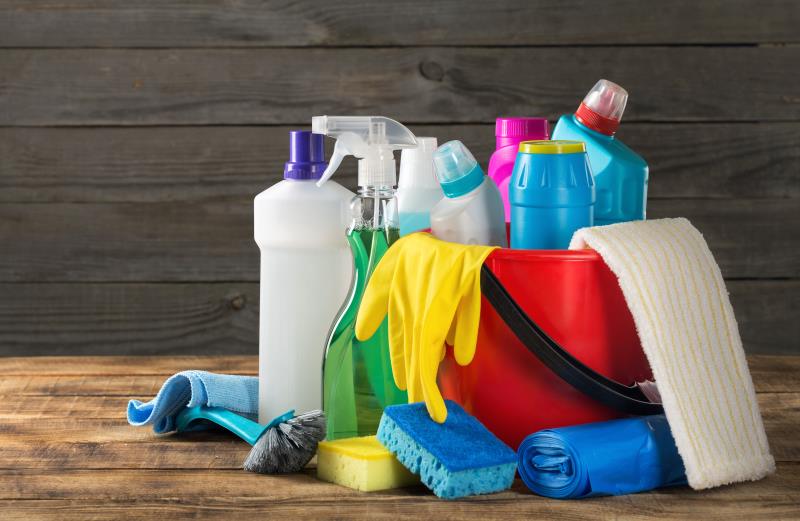
Frequent exposure to household cleaning products during early life is associated with a greater risk of childhood asthma and wheeze at age 3 years, according to the CHILD* cohort study — adding to the growing call to action on the risk of cleaning products as irritants for airways of young children.
“A precautionary approach to using cleaning products and targeted hygiene is reasonable for housekeeping where young children are present,” the researchers highlighted.
The study followed 2,022 children whose parents self-reported on how often they used cleaning products in the household when their children were aged 3–4 months. The cleaning products reviewed spanned across 26 categories, including disinfectants, cleaners, bleach, dishwashing and laundry detergents, polishes, and air fresheners. [CMAJ 2020;doi:10.1503/cmaj.190819]
Children in homes with more frequent use of cleaning products during early life were more likely to have asthma at age 3 years than those with less frequent use (adjusted odds ratio [OR], 1.37, 95 percent confidence interval [CI], 1.09–1.70).
They were also more likely to develop recurrent wheeze (OR, 1.35, 95 percent CI, 1.11–1.64) as well as recurrent wheeze with atopy (OR, 1.49, 95 percent CI, 1.02–2.16) at 3 years.
When stratifying the analysis by sex, the associations for all outcomes appeared to be stronger among girls than boys, although all were not statistically significant.
“This is an interesting finding that requires more research to better understand male versus female biological responses to inflammatory exposures in early life,” said principal investigator Professor Tim Takaro of Simon Fraser University (SFU) in Burnaby, Canada.
Intriguingly, the risks for the respiratory outcomes were greater with frequent use of scented and sprayed products, such as antimicrobial hand sanitizers, air freshener sprays, plug-in deodorizers, dusting sprays, and oven cleaners.
There was no significant association between usage frequency of cleaning products and atopy at age 3 years (OR, 1.14, 95 percent CI, 0.96–1.35).
“These findings add to our understanding of how early life exposures are associated with the development of allergic airway disease, and identify household cleaning behaviours as a potential area for intervention,” said lead author Jaclyn Parks, a graduate student at SFU.
According to recommendations from the American Lung Association, air fresheners should be entirely avoided and only cleaning products that do not contain volatile organic compounds, irritants, fragrances, or flammable ingredients be used.
“As such, removal of scented products from the homes of families of children at risk of asthma, or with current asthma symptoms, is likely wise,” wrote Dr Elissa Abrams from University of British Columbia, Vancouver, Canada in a linked commentary. [CMAJ 2020;doi:10.1503/cmaj.200025]
“In the pursuit of obtaining a clean and healthy home … it is important that parents read labels and be informed about the risks associated with the use of cleaning products,” urged Parks and co-authors.
Nonetheless, the findings should not be taken as a causal relationship, cautioned the researchers. Also, data on the child’s exact location during cleaning was unavailable, and they assumed that the children were exposed during the process.
“It is possible that initial effects on the airway in early life from frequent use of cleaning products may be due to an inflammatory rather than an acquired allergic response,” suggested Parks and co-authors on the potential mechanism mediating the association.
“The big takeaway from this study is that the first few months of life are critical for the development of a baby’s immune and respiratory systems,” said Parks. “By identifying hazardous exposures during infancy, preventive measures can be taken to potentially reduce childhood asthma and subsequent allergy risk.”